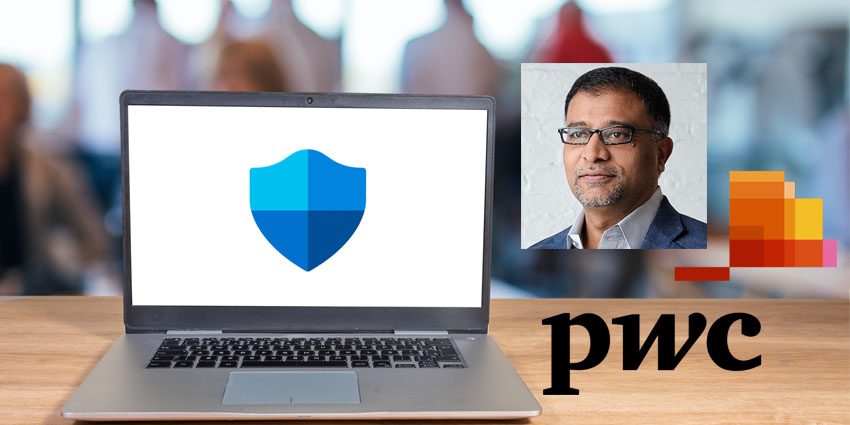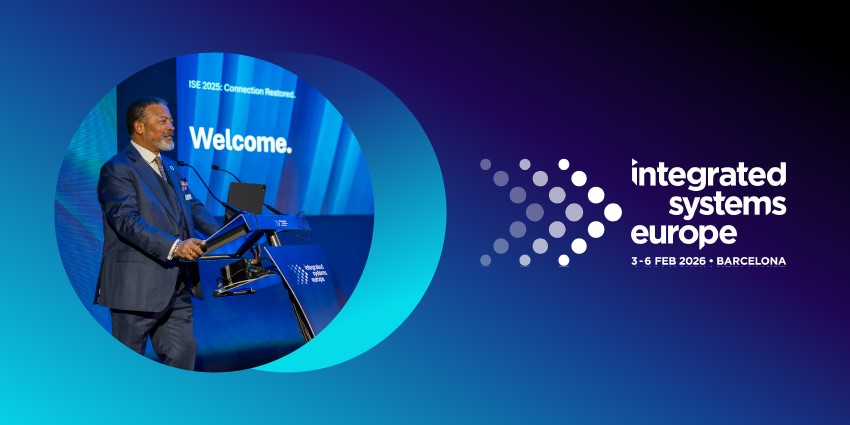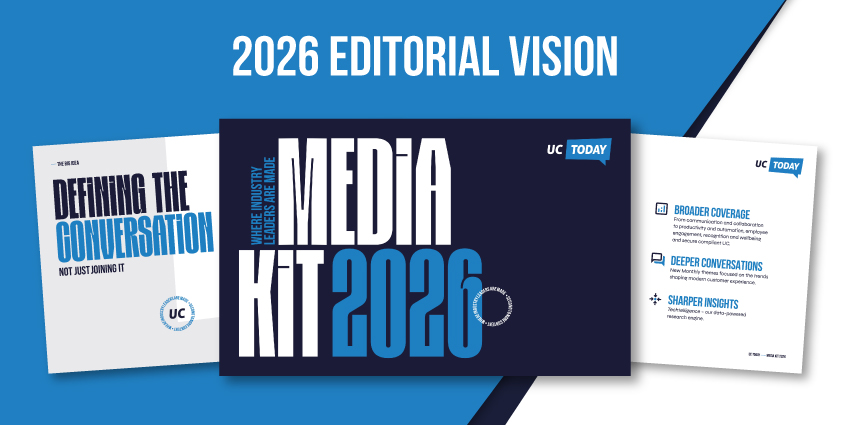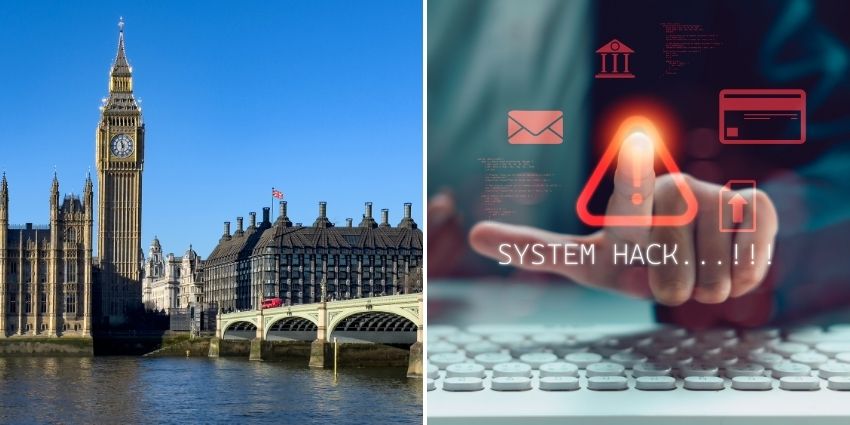Workplaces in the healthcare industry have always been more flexible.
Most clinicians aren’t restricted to a specific desk, room, or series of devices. But now, professionals are taking calls from home, nurses are accessing records from personal tablets, and administrators are updating records on the go.
That flexibility is helping with everything from burnout reduction to improved patient follow-ups. But it’s also presenting issues with hybrid work security in healthcare.
Teams are now navigating a larger attack surface, less visibility, and an ecosystem of devices, users, and tools that don’t always follow the same security rules.
In 2024, two-thirds of healthcare organizations were hit by ransomware attacks. Elsewhere, teams are dealing with deepfakes, phishing attempts, and growing network threats.
That’s a big problem when you consider the consequences of a breach. Fines are just the beginning. You’re also looking at delayed care, locked records, patient safety incidents, and massive reputational damage.
Hybrid care brings real benefits. However, hybrid work security in healthcare needs to be a priority.
Hybrid Work Security in Healthcare: Current Pain Points
Securing hybrid workplaces in any industry can be tricky. In healthcare, it’s often particularly messy. Especially when clinicians are under pressure, systems don’t talk to each other, and IT teams are stuck supporting both fax machines and AI scribes.
Here’s where things typically fall apart.
HIPAA Compliance Isn’t Location-Agnostic
HIPAA didn’t get updated when the world went remote. That means all the same expectations, encryption, audit logs, minimum necessary use, apply, whether a clinician is in a hospital, on a video call, or charting from a tablet in a hotel.
But hybrid setups stretch those controls thin. Audit logs get messy across tools. Devices aren’t always patched. Home networks don’t have enterprise-grade firewalls. When something goes wrong? Proving compliance is harder than ever.
OCR’s own investigations have found that most HIPAA breaches involving remote staff lacked sufficient device controls, encrypted storage, or documented access policies.
EMR Access Is Convenient, But a Liability
Whether it’s Epic, Cerner, or another system, remote EMR access is now a given. That’s good for continuity. But it’s also a major point of vulnerability.
Unmanaged devices, unverified connections, and weak MFA setups all make it easy for threat actors to slip in, especially if clinicians are clicking “approve” on push notifications without thinking.
Even when things are working correctly, EMR sessions often leave logs, screenshots, or cached data on personal devices.
Shadow AI and Unvetted Tools Are Everywhere
Clinicians are using their own collaboration tools, project management apps, and even AI assistants – and not all of them are approved or secure.
Voice-to-text transcription tools, medical note generators, and GenAI chatbots for summarizing patient histories are all helpful but not always safe. Only a handful of companies investing in AI are actually building models designed for hybrid work security in healthcare.
That means patient data, sometimes identifiers, sometimes clinical notes, is being pasted into consumer-grade AI models with zero tracking or encryption.
Phishing Works Too Well in High-Stress Environments
Healthcare teams are busy, under-resourced, and often working across multiple roles and devices. That makes phishing extra effective. In 2024, IBM found phishing and stolen credentials were the two most significant attack vectors affecting companies in the UK.
The issue isn’t a lack of training. It’s fatigue. When a nurse sees an email that looks like it came from the EMR vendor, it gets clicked. Smarter systems are needed, not just more pop-ups. Context-aware access, adaptive MFA, and inline phishing warnings are now essential.
BYOD Is the Default, But the Policy Is Still Missing
Home health workers, community nurses, and traveling specialists use personal smartphones and tablets to coordinate care, access charts, or contact patients.
But in many orgs, there’s no real BYOD policy in place, or the existing one doesn’t get enforced consistently. That’s a compliance risk and a patient trust issue.
If patients knew how loosely their data was secured across devices, many would think twice before opening up to their providers.
Hybrid Work Security in Healthcare: The Solutions
There’s no easy way to fix every security issue healthcare companies face. It’s not just a matter of locking things down. Companies need to build control systems that let clinicians work without creating risk. But there are specific solutions that can help.
HIPAA-Compliant UC & Secure Telehealth Platforms
Hybrid healthcare teams need to collaborate, just like the rest of us. But the tools they use need to be aligned with HIPAA, and strict data security regulations. The good news? Many market leaders are now investing in healthcare-specific systems, from Microsoft, to Cisco Webex, and Zoom.
These tools are already HIPAA-ready, with encrypted video calls, retention controls, and audit logs, all under a business associate agreement.
They don’t hold employees back to achieve compliance either. MedCare reduced call waiting times for patients by 40% and cut the time spent on call reviews by 92% with RingCentral’s AI-powered technology.
Zero Trust Access for Clinician Devices
A hospital is a cluster of risk zones. Zero Trust Network Access (ZTNA) doesn’t trust by default; it demands authentication and posture checking every time, even on-site. That’s what makes it increasingly crucial to companies managing hybrid security in healthcare.
Solutions like Cisco’s Zero Trust technology enable user, device, network, cloud, and data security strategies in one platform. Barts Health NHS Trust said the system helped the team to save time and effort on security strategies while minimizing risk.
The solution also streamlined the organization’s transition to the cloud, allowing the team to stay agile without compromising compliance.
Unified Endpoint Management & BYOD Enforcement
Clinicians often use personal smartphones or tablets, especially for home care or remote charting. Managing those devices is essential for hybrid work security in healthcare, but it is not always simple with traditional tech.
Healthcare IT teams are turning to Microsoft Intune or similar UEM platforms to enforce encryption, patching, and posture verification before EMR access is granted.
These controls provide visibility across managed and unmanaged endpoints, pushing hospital-grade security policies to every clinician’s device.
SASE & CASB for Cloud-Based Clinical Workflows
Healthcare systems rely on a lot of cloud apps: EMR portals, telehealth systems, medical imaging platforms. They also host patient-facing portals and SaaS services.
Secure Access Service Edge (SASE), which merges SD‑WAN with SWG, CASB, and firewall functions, offers consolidated visibility and policy enforcement across all cloud traffic.
A relevant example: Medicus IT, a healthcare service provider, deployed Check Point Harmony SASE Private Access to provide HIPAA-compliant EMR access with zero-trust access controls. They cut legacy licensing costs by 40 percent and eliminated latency issues, while improving security.
Real-Time AI Monitoring & Risk Detection
Traditional SIEM systems drown clinicians’ access logs in noise. What healthcare IT leaders need is context-aware monitoring – a system that spots an unusual login or transcript share and flags it instantly.
Platforms like Theta Lake offer built-in monitoring for UC sessions, chat logs, and EMR access. These tools detect PHI leakage over unapproved channels and flag misuse of AI tools. The best part is that these intelligent tools are often embedded into the communication platforms teams already use, like Zoom.
Some communication tools even have their own AI assistants now, which can help guide healthcare employees on best practices for managing and securing patient data.
Training That Fits Clinical Workflows
Clinician time is limited. Security training works best when it’s embedded into clinicians’ and physicians’ daily work.
High-impact programs weave micro-phishing simulations into EMR workflows, prompt staff in-app when accessing PHI via unknown tools, and offer one-click incident reporting inside collaboration platforms. AI is becoming a big part of this process, ensuring teams can go beyond automating tasks and start leveraging real-time training and coaching on demand.
Final Diagnosis: Hybrid Work Security in Healthcare
The move to hybrid work in healthcare isn’t slowing down. Clinicians need mobility, patients demand telehealth, and admin teams expect flexibility. All those shifts expand the surface area for risk.
But that doesn’t mean you must return to locked-down desktops and hallway fax machines.
What it does mean is that hybrid work security has to be intentional, designed into your workflows, baked into your infrastructure, and embedded in your clinical culture. The cost of getting it wrong is serious.
When patient data is exposed, treatment is delayed, or systems go down, the impact is personal and permanent. Need help securing hybrid work in healthcare? Check out our complete guide to hybrid work security.







